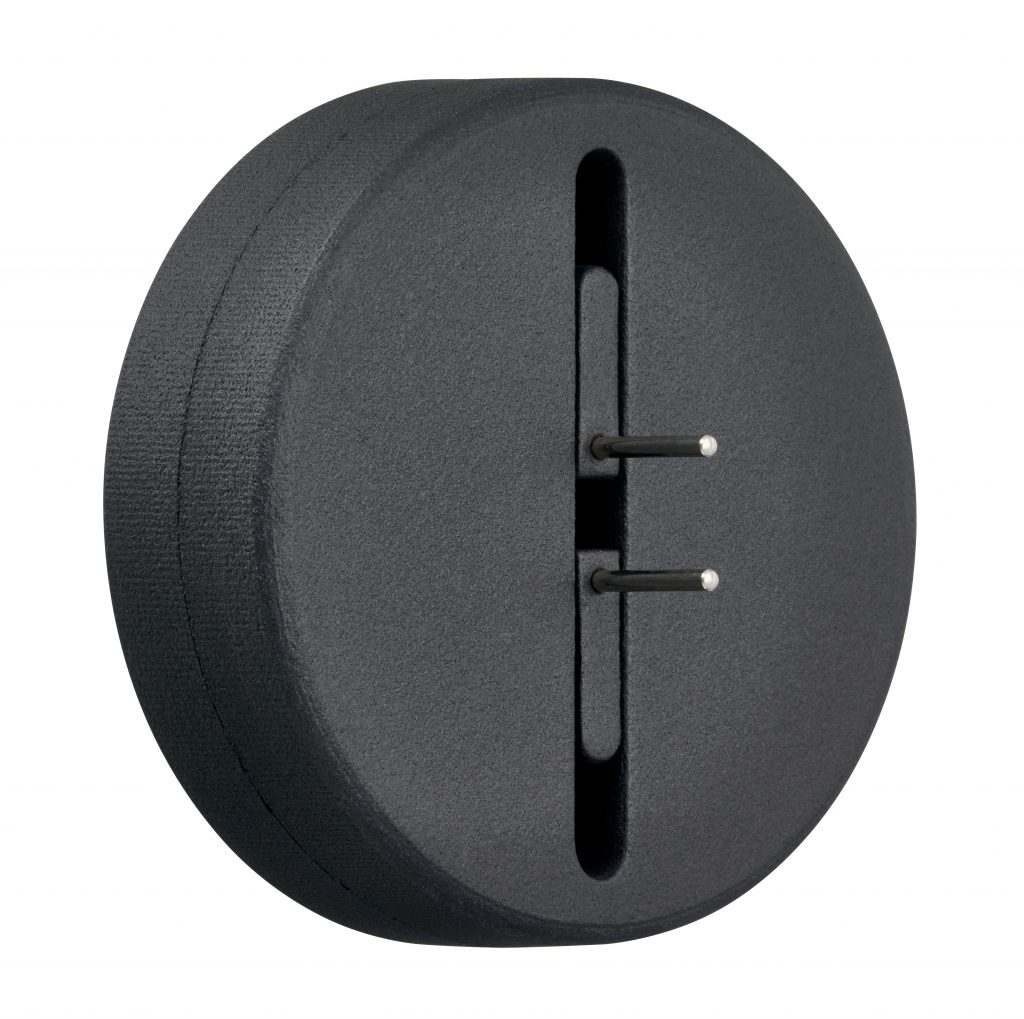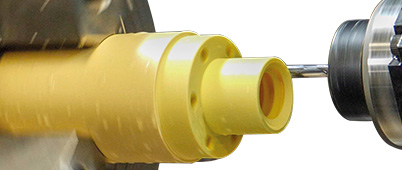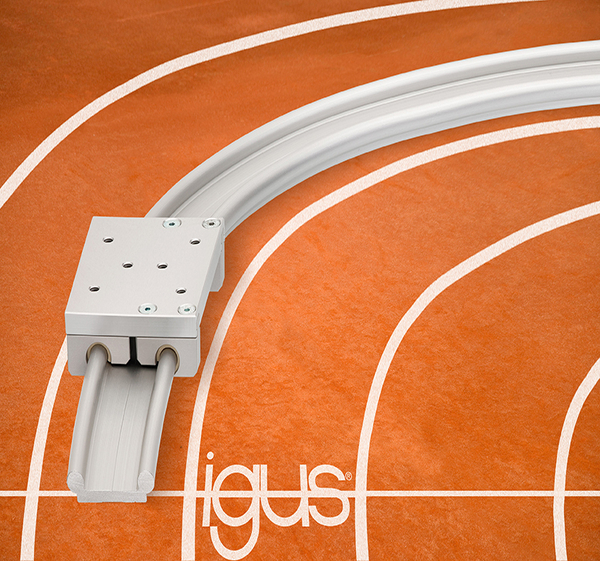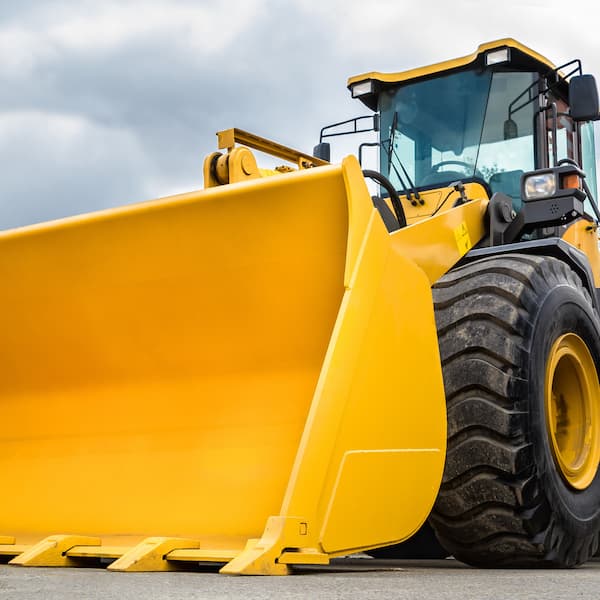How to guide: learn about igus® tolerances and installations tips for iglidur® bearings
igus® gets asked a lot about how to fit bearings into housings and questions in relation to tolerances of the bearings and housings. Here you will find some key questions asked and answered.
Question 1. The inner diameter is larger than the catalogue states. Is this out of tolerance?
Answer:
This is one of the most frequently asked questions on tolerances! The answer is always met with further questions:-
- How are you measuring?
- Are you measuring the bearing in its free state or after press-fit into the housing?
More often than not, the answer to these questions are met with coyness when the customer realises that they are measuring them in a free state, not after they have been press-fitted into the housing.
FACT: all igus® iglidur® bearings are designed to be an interference press fit. The inner diameter will automatically adjust but only after being press-fitted into the housing bore, this too needs to have the correct tolerance (H7).
Question 2. What should I use to press-fit the bearings into a housing?
Answer:

You have a couple of options here. You can use suitable tools that you would have on an assembly line, for example a mandrel press and press tool. You can obtain an igus® fitting tool. This assembly aid can be used for plain bearings with inner diameters of between 6-20mm (PT-0620) and 13-50mm (PT-1350) This is a simple, reliable and fast method of installing the bearings into the housing. And you can use a hammer against this so as not to damage the bearing.
A word of warning, you should never use a hammer to fit igus® bearings into housings!!
You can also use a flat press. Lots of options!
Question 3. My bearing was fitted correctly but has recently become loose. How can I secure my bearings? Can I bond it?
Answer:
One of the main reasons for loss of press-fit can be because of a change in temperature parameter or a high load. If a particular material has been specified for an application and the temperature changes beyond the specific threshold then then material can relax. If the load is higher than the recommended threshold for a material, you may find that the bearing has started to deform and “creep”.
Again, we have options for what to do in these situations. You can check the iglidur® plain bearing expert system to see if the parameters of the application have changed, in which case, the material originally specified may no longer be sufficient.
You can bond them using various semi-permanent types of glue, we usually suggest that the housing bore and bearing are ‘keyed’ with a light emery.
Question 4. Can I machine my own bearings from your stock bar and what are the suggested tolerances?

Answer:
Firstly, absolutely! igus® encourages people to machine their own parts from our stock material if they can. Alternatively, we can machine on behalf of the customer. Secondly, suggested tolerances when it comes to machining can be tricky. There are a lot of parameters to consider, material, the design of the part, what tolerances are required and why.
As a rule, if the part is being machined to be used as a moving part then the igus® suggestion would be a tolerance range of +/- 0.04mm. If you need a tighter tolerance, this may be achievable, however it is worth remembering that the material is a polymer and can move slightly.
Hopefully, this helps answers some of the more frequently asked questions when it comes to tolerances and installation of the igus® bearings but if you have any more questions you want answering, please check out our FAQ section.



